A sweeping review of Scotland’s school qualifications system has recommended significantly reducing how many exams students take, and giving more weight to non-academic achievements.
The new model – called the Scottish Diploma of Achievement – would look to emphasise aspects of the Curriculum for Excellence which experts say are being overlooked.
It was put forward in a new paper by the Independent Review of Qualifications and Assessment (IRQA) led by Professor Louise Hayward.
It said that the SDA has been designed to recognise a wider spectrum of learners’ achievements, not just those traditionally measured by exams.
Exams aren’t the only path
Striking a balance between evidence gathered by schools and colleges and scores on external exams is going to be key.
The report also calls for fewer exams for students in the same subject.
That would mean scrapping exams for students at S4 if they plan to continue in a subject. For example, if an S4 student plans to study for a Higher in History, then they would only sit an external exam at the end of their S5 course.
The report highlighted over-examining as a flaw in the Scottish system which is putting students behind those in other countries. The SDA would not replace the Curriculum for Excellence, but correct what Prof Hayward has identified as an imbalance.
“There’s an argument right now in Scotland that we only collect information on successful learners,” she said.
This comes at the expense of the CfE’s other stated priorities: growing students into confident individuals, effective contributors and responsible citizens.
As a result, the SDA would create a new focus on student achievements that fall outside of the traditional classroom setting.
Scottish Diploma of Achievement based on three aspects
The Scottish Diploma of Achievement would be awarded to students who complete all three of its main aspects:
- Subject studies – where learners progress knowledge in line with specific curricular areas and individual subjects.
- Learning in context – Project-based learning which focusses on real-world applications.
- Personal pathway – An opportunity for learners to show their involvement in areas such as volunteering, sport and culture, and the workforce.
You can view the full report online, along with a summarised outline of the new SDA system.
Peter Bain, Oban High Executive Head Teacher and member of the Independent Review Group, said the new system is more compatible with how universities and employers operate.
“A Scottish Diploma of Achievement would more fully encapsulate all of which we value: academic and vocational attainment; inter-disciplinary learning; and in acknowledging the wealth of wider achievements across our educational settings and wider communities.”
EXCLUSIVE INTERVIEW: What’s the future of Scottish qualifications?
How did we get here?
The pandemic shone a light on flaws in the current exams system. During the pandemic years, teachers had more influence on student grades. This called into question the high-stakes exam system that had previously dominated.
In the aftermath of Covid-19 and years of disruption to school and exams, there were multiple watchdog reports and internal reviews which called for a complete overhaul of Scottish qualifications.
The IRQA’s report is just the latest development. It all stems from the Scottish Government’s decision to scrap the SQA and replace it with something more flexible and fairer.
Last December, Prof Hayward spoke to The P&J about the ongoing review. She called it a priority to create a system that recognises “the full range of student achievements.”
She also said it will be important to hear from people in the north about any proposed changes.
‘Fairer, more prosperous’ society
Prof Hayward and her team are now calling on the public to consider the possible new structure. They will send a final report to the Scottish Government by the end of May 2023.
Professor Hayward said: “We want the recommendations that come from our work to improve outcomes for all learners.
“By taking a broader and more inclusive approach I believe our proposed model will help create a fairer, more prosperous future society in Scotland.”
The next phase of the review will ask for feedback from parents, students and schools. You can view a presentation from the review team online.
Read more of our coverage of the qualifications system
School League Tables 2022: Which schools made the grade?
Cults and Northfield: One city, two different worlds
School League Tables: A closer look at Glen Urquhart and Inverness High Schools
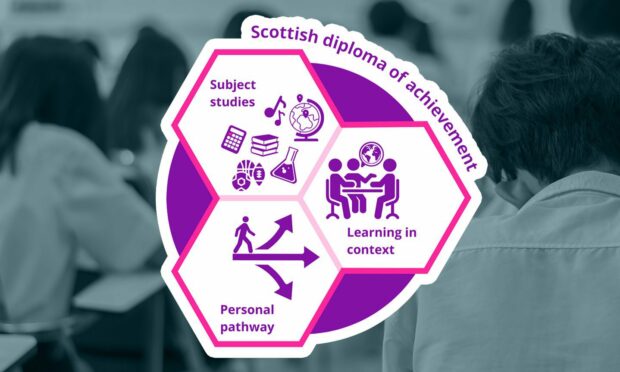
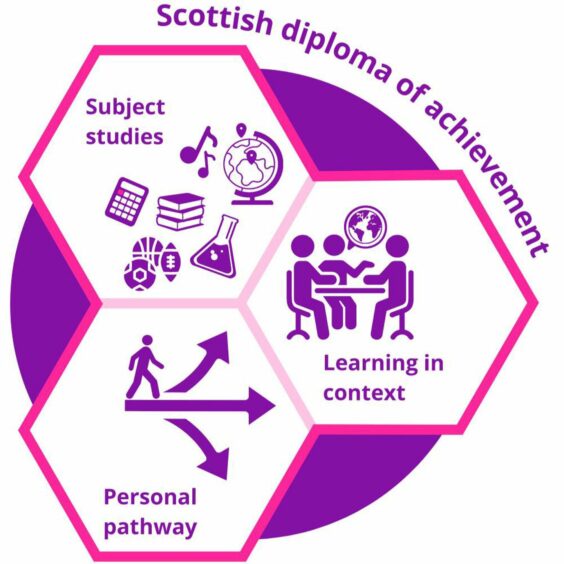


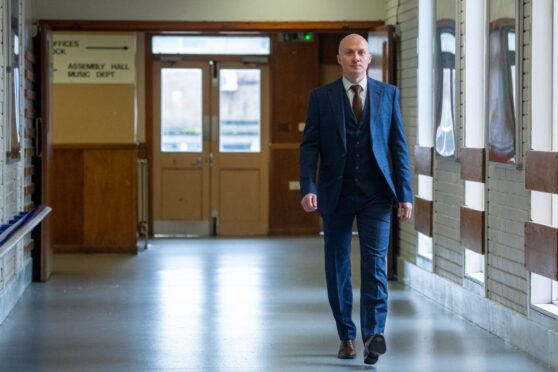
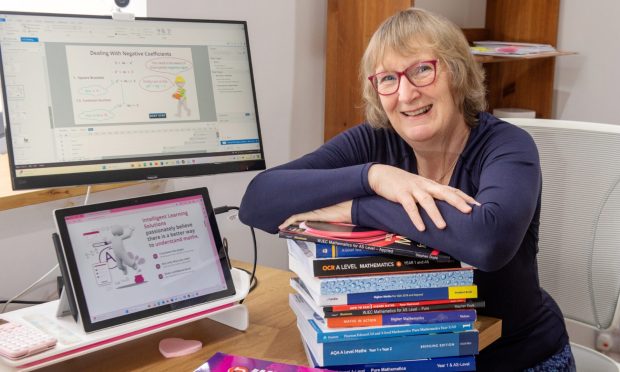
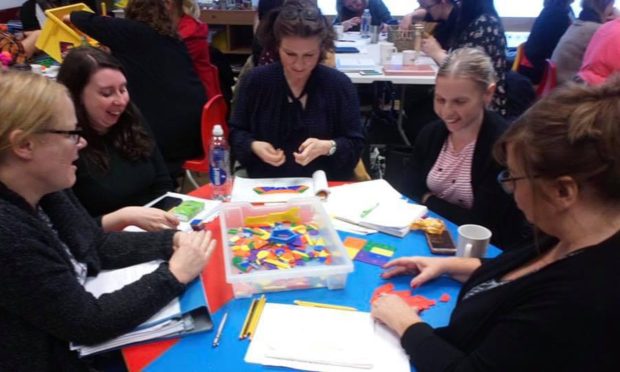


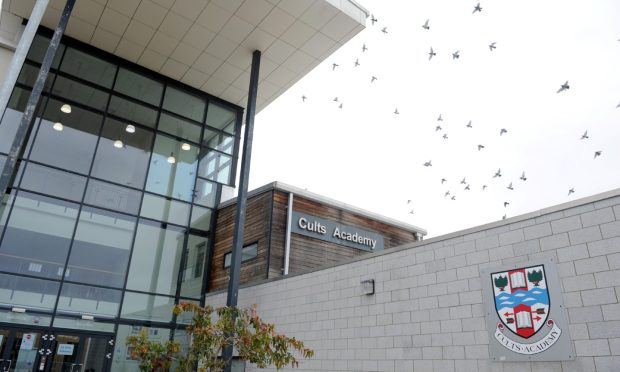

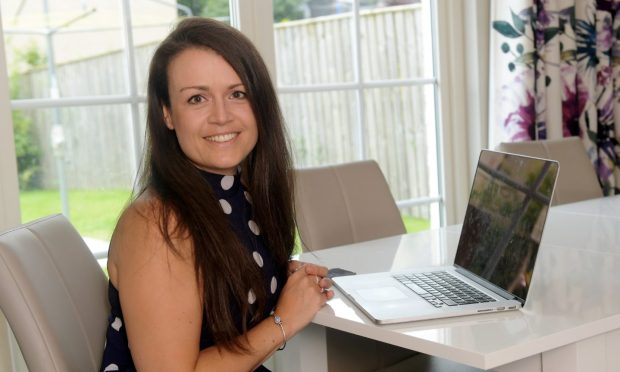
Conversation